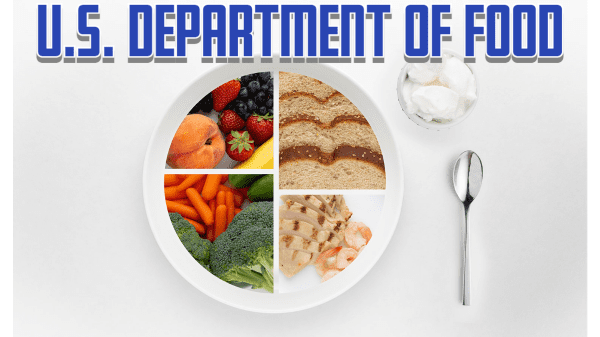The proposed restructuring of the Food and Drug Administration (FDA) announced on January 31 by FDA commissioner Robert Califf is important enough that it’s worth uncracking the bureaucratese. FDA proposes redesign of Human Foods Program – Produce Blue Book
How it has been up to now (and most knowledgeable sources would probably agree that it’s none too good):
Responsibilities for the food (not drug) side of the FDA are carved up among four agencies: the Office of Food Policy and Response (OFPR); the Center for Veterinary Medicine (CVM); the Center for Food Safety and Applied Nutrition (CFSAN); and the Office of Regulatory Affairs (ORA).

Each is headed by a deputy commissioner, which reports directly to the head of FDA (Califf).
Since there are around 25 deputy commissioners reporting to the head of the FDA, he is a very busy man.
Over the past couple of years, the FDA has been accused of gross incompetence in food safety enforcement, most prominently in the Abbott Labs baby formula debacle in early 2022. FDA officials only bothered to look at negligent manufacturing practices in the Abbott facility in Sturgis, MI, four months after a whistleblower first brought it to their attention. https://www.producebluebook.com/2022/04/11/bombshell-investigation-fda-incompetence/; https://www.washingtonpost.com/politics/2022/05/25/whistleblower-fda-yiannas-report-abbott-baby-formula/
Some reform was thought to be needed. This is what Califf is trying to do.
Califf has announced that the functions of three of the four agencies listed above—CFSAN, OFPR, and ORA (my apologies for all the acronyms; there’s nothing I can do)—“will be unified into a newly envisioned organization called the Human Foods Program.” (The CVM will continue to operate more or less independently.)
This Human Foods Program will be headed by a single deputy commissioner, who will report directly to the commissioner of the FDA.
Another innovation: the creation of a Center for Excellence in Nutrition, which will deal with (guess what) improving nutrition among the American public, and an Office of Integrated Food Safety System Partnerships, which will work with state and local agencies on food safety. Both will be part of the Human Foods Program.
I know you have a question: is this a Good Thing or a Bad Thing?
From what I have been able to tell from following FDA issues, it is a Good Thing.
Industry response has been positive. “The changes proposed today represent significant steps in the right direction. The vision laid out by the Commissioner is likely to streamline decision-making within the Agency,” says Jennifer McEntire, chief food safety and regulatory officer for the International Fresh Produce Association (IFPA) BB #:378962. IFPA supports FDA food plan, awaits details – Produce Blue Book
FDA has been faulted for being too much D (drug) and not enough F (food), and this would appear to be an important step in remedying that problem.
I myself think it is only an intermediate solution. I believe that food and nutrition are central enough to the public interest to merit the creation of a completely independent Department of Food and Nutrition, headed by a cabinet-level secretary. This would mean separating the F and the D completely. Time for a Department of Food – Produce Blue Book
I also think this new Department of Food should include the Supplemental Nutritional Assistance Program (SNAP—that is, food stamps) and possibly even the Animal and Plant Health Inspection Service (APHIS), both of which are now administered by USDA.
I’m so convinced that this is ultimately the best, simplest, and most comprehensive solution that it will be adopted—though certainly not in the near future.
Congress has a lot of fightin’ to do in the meantime.



